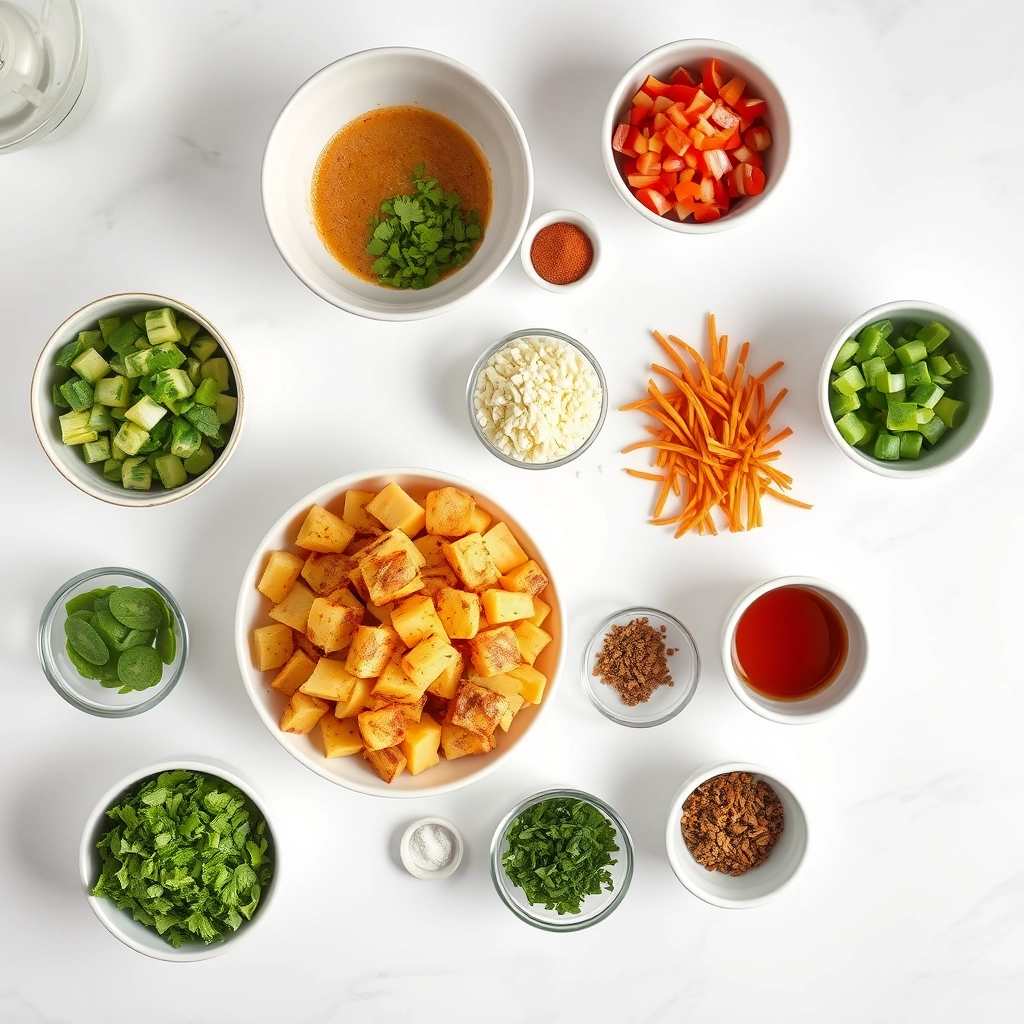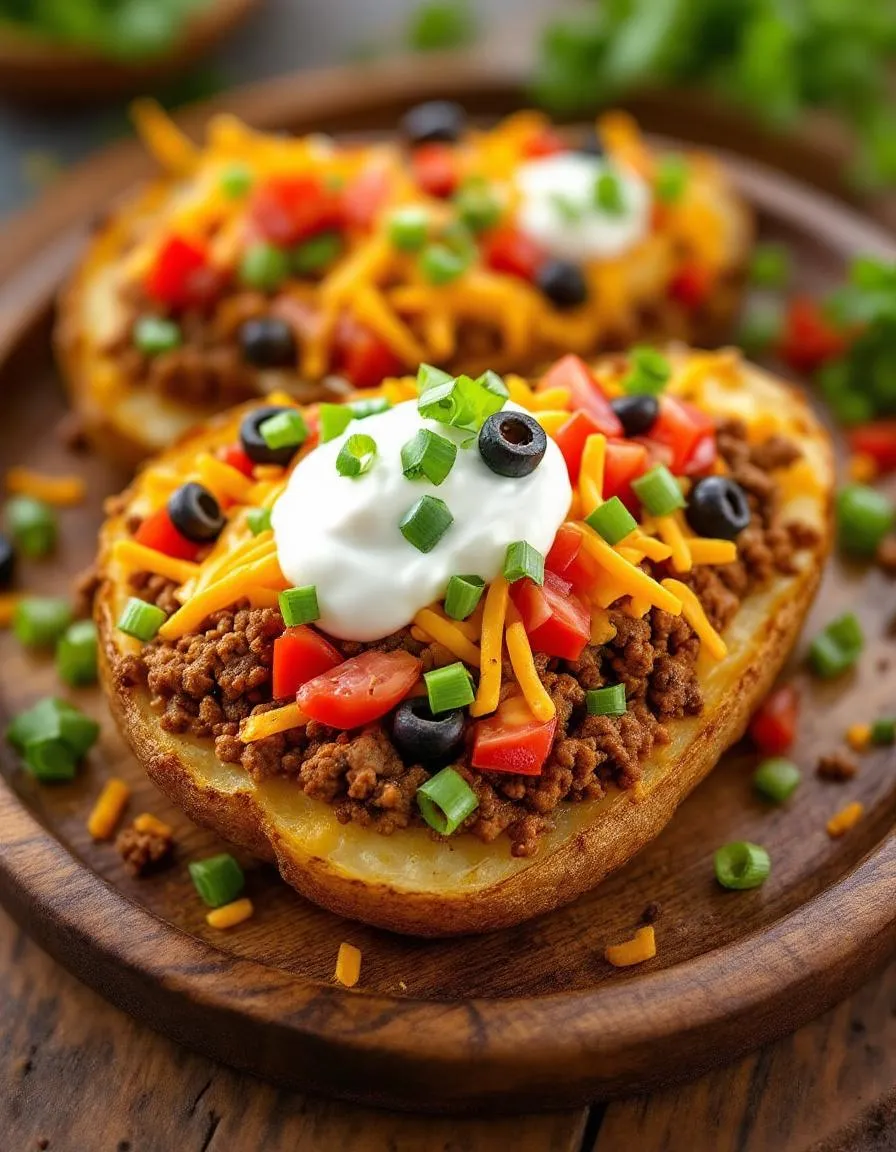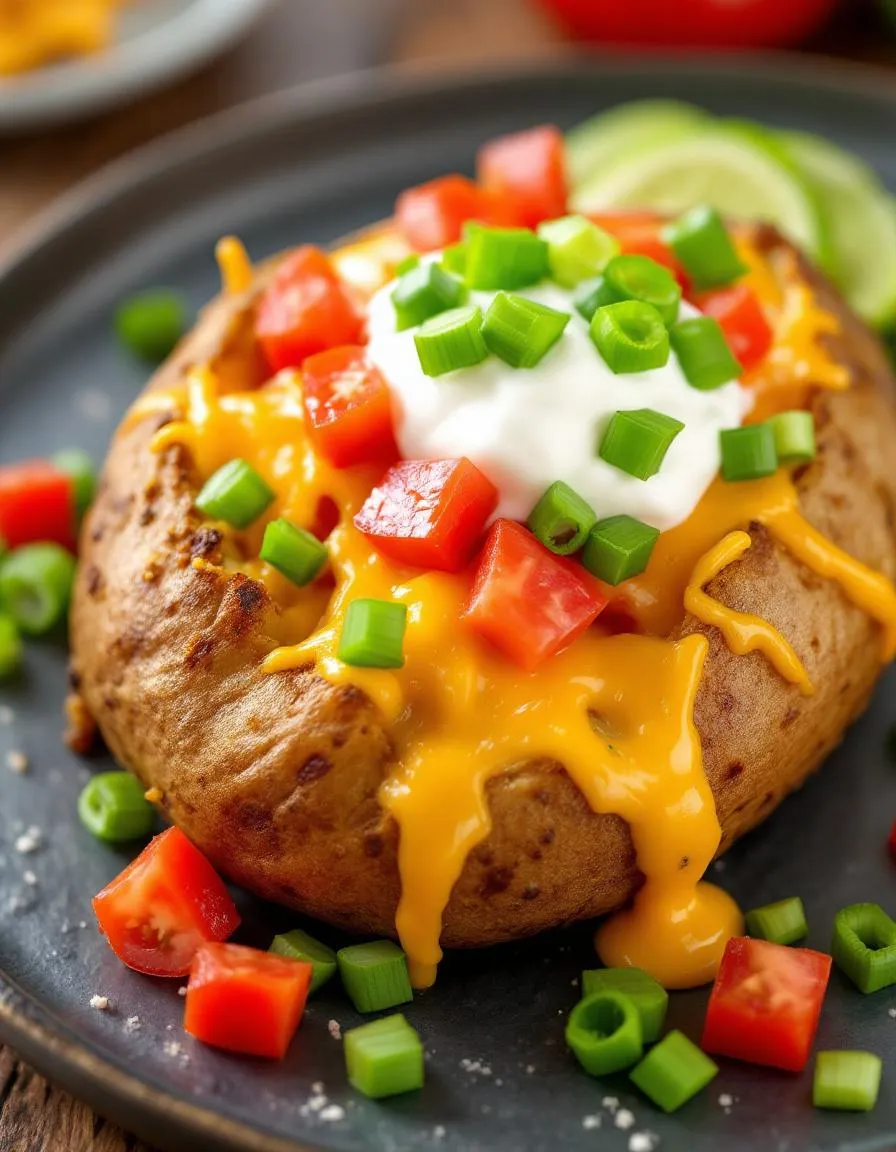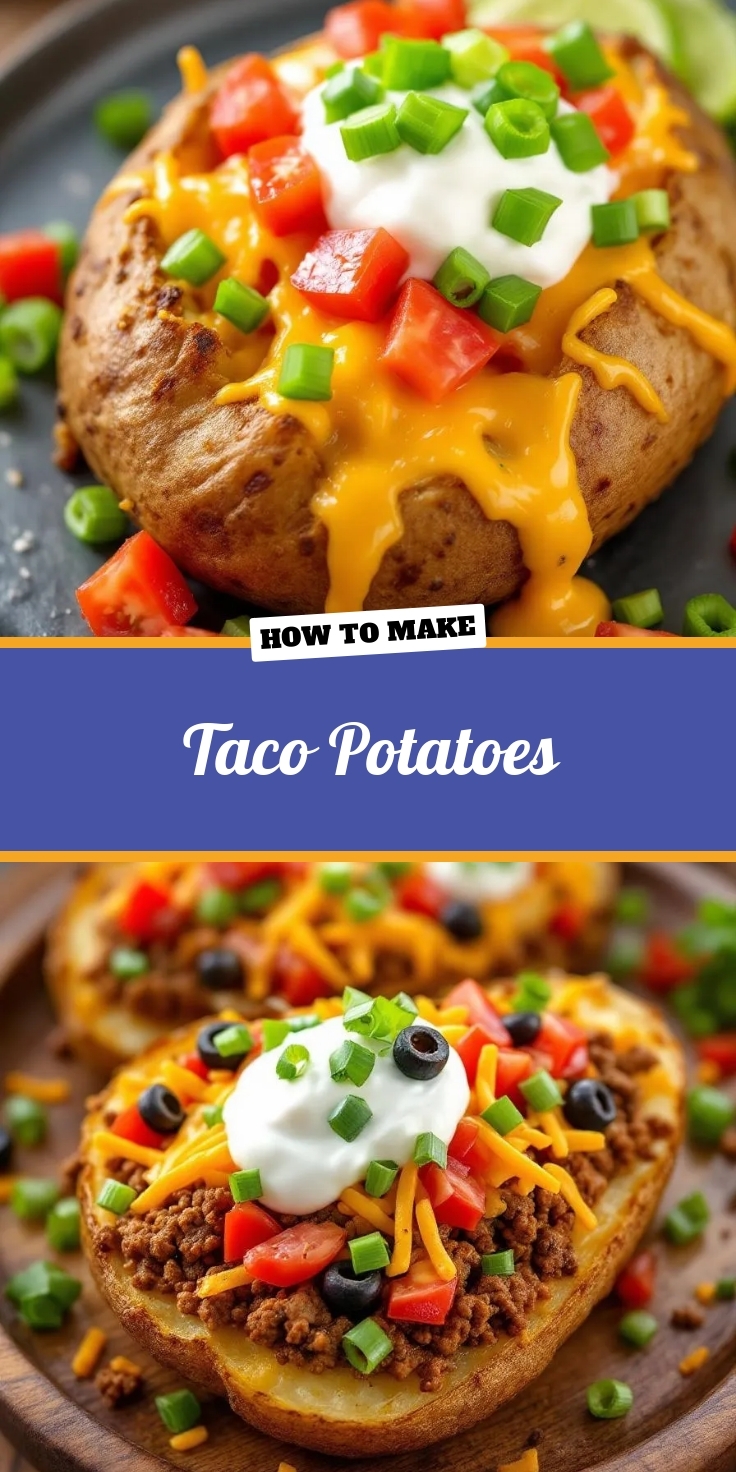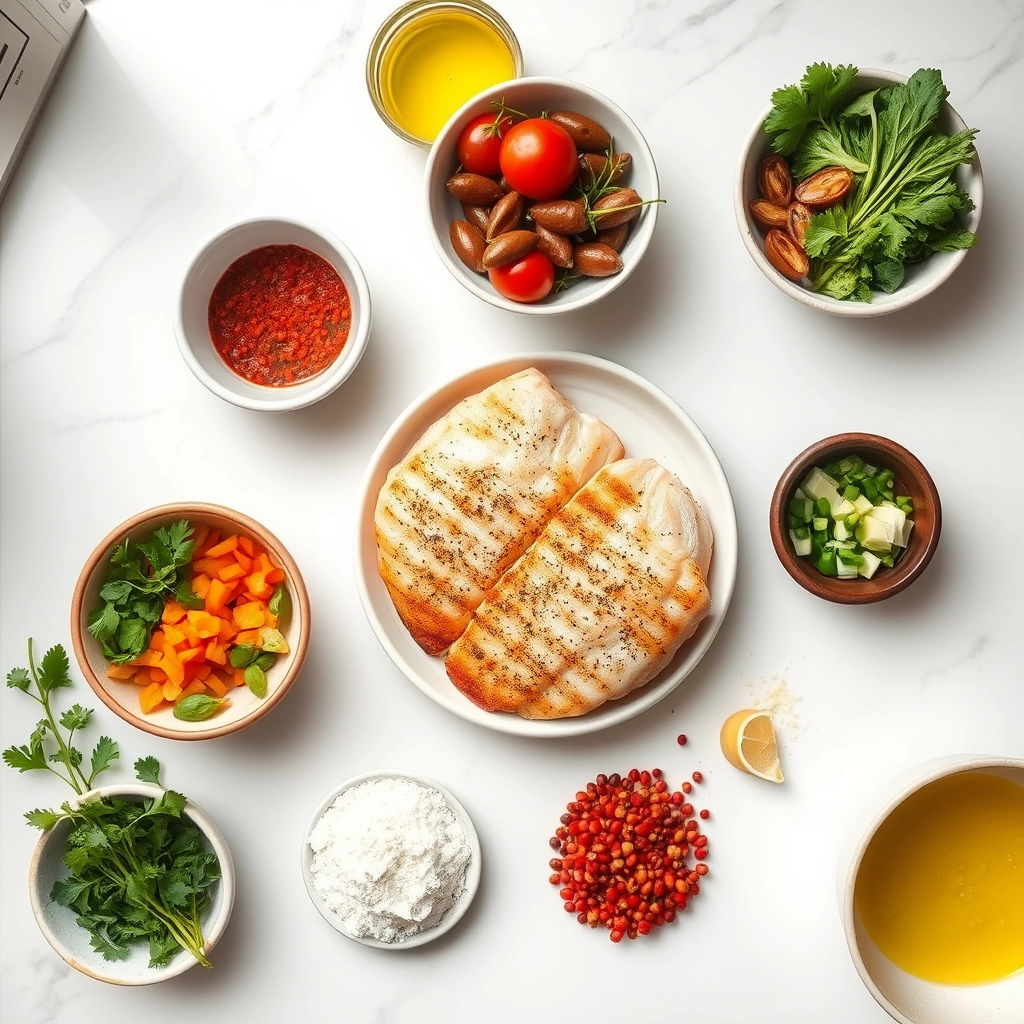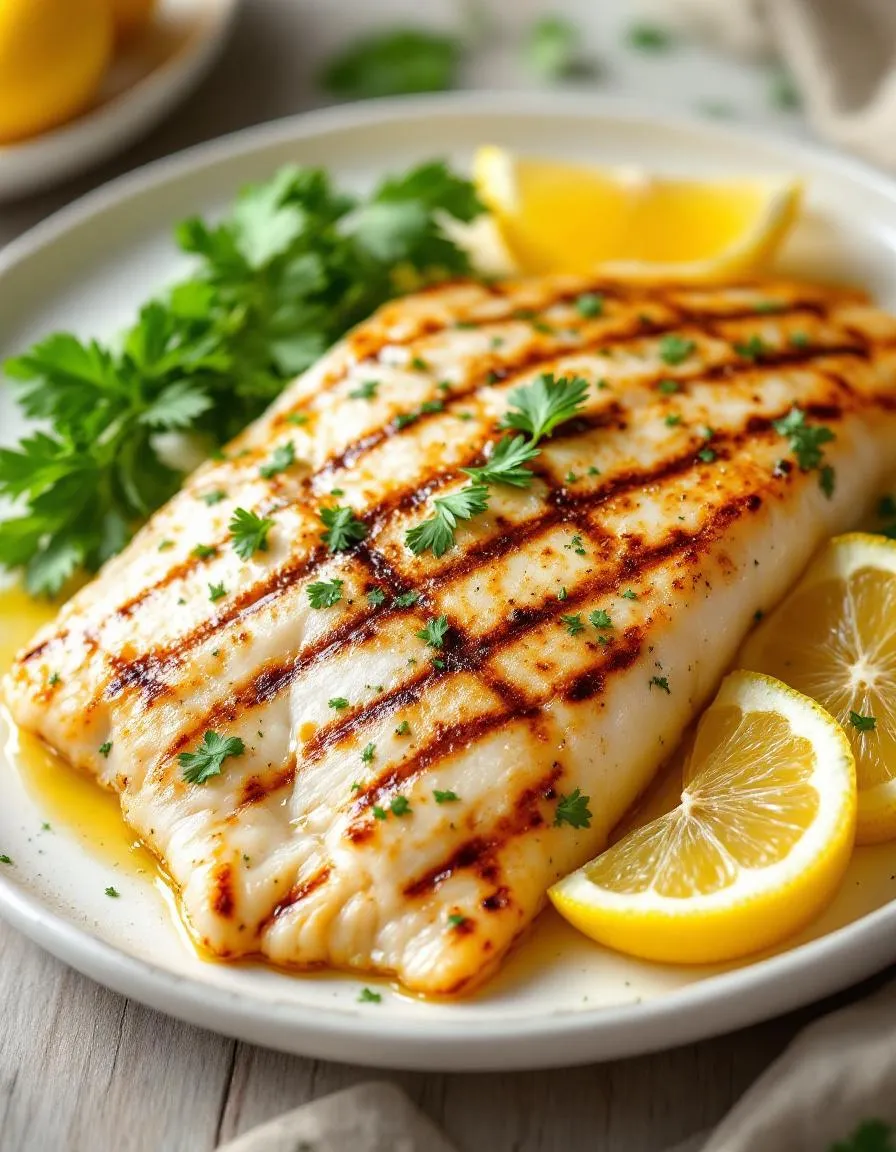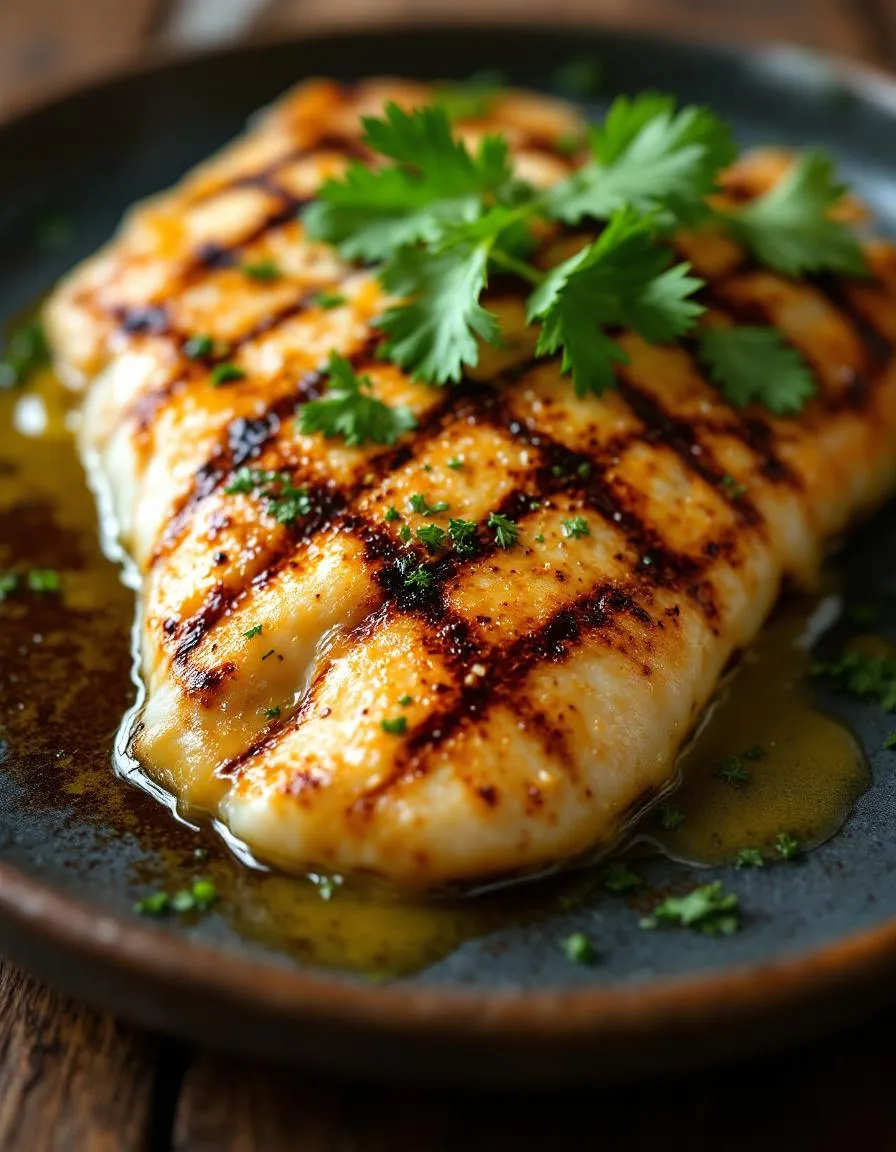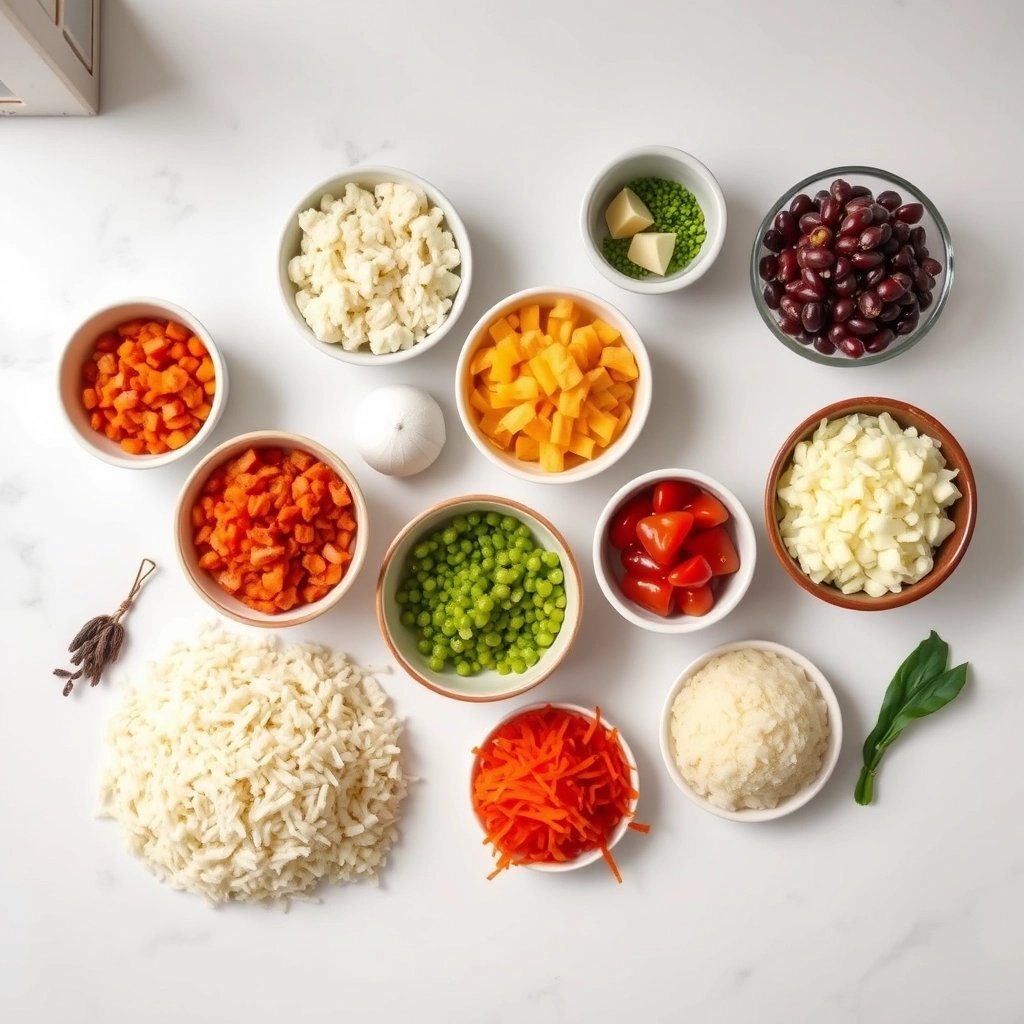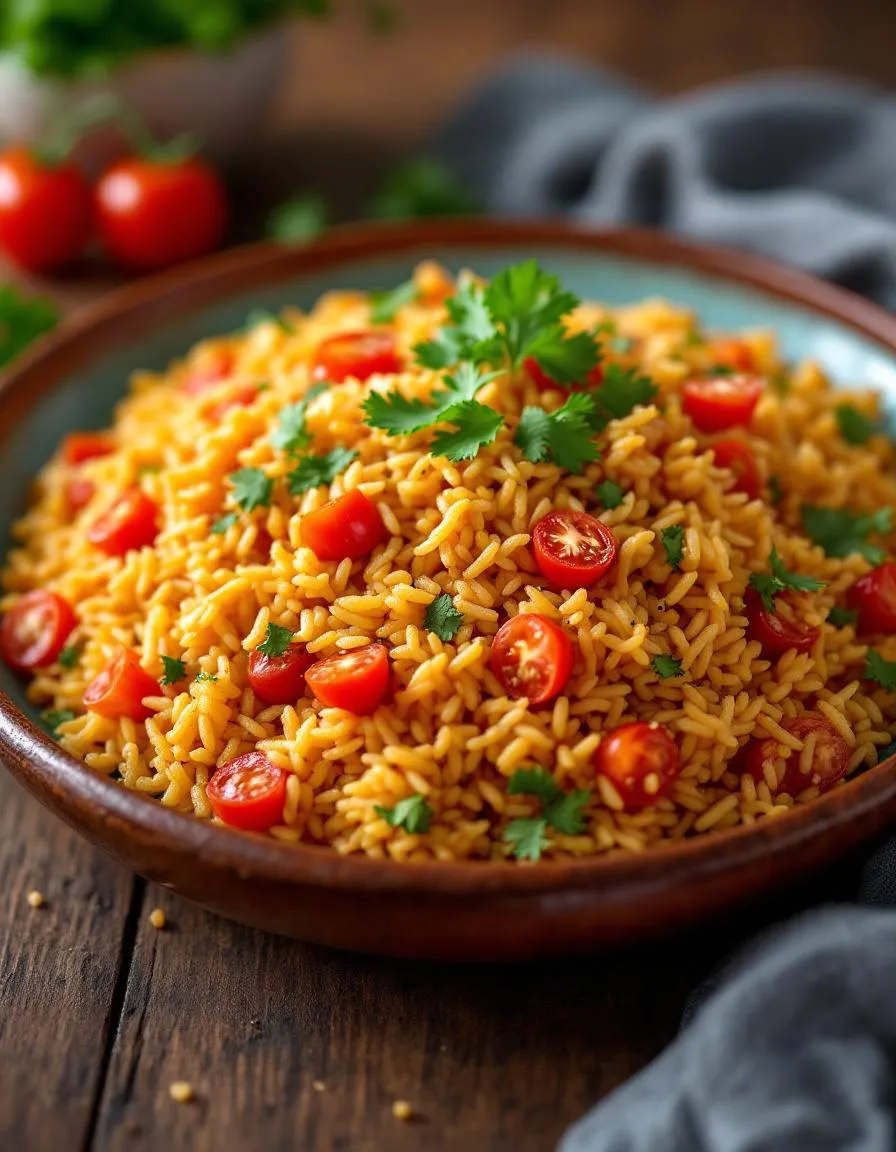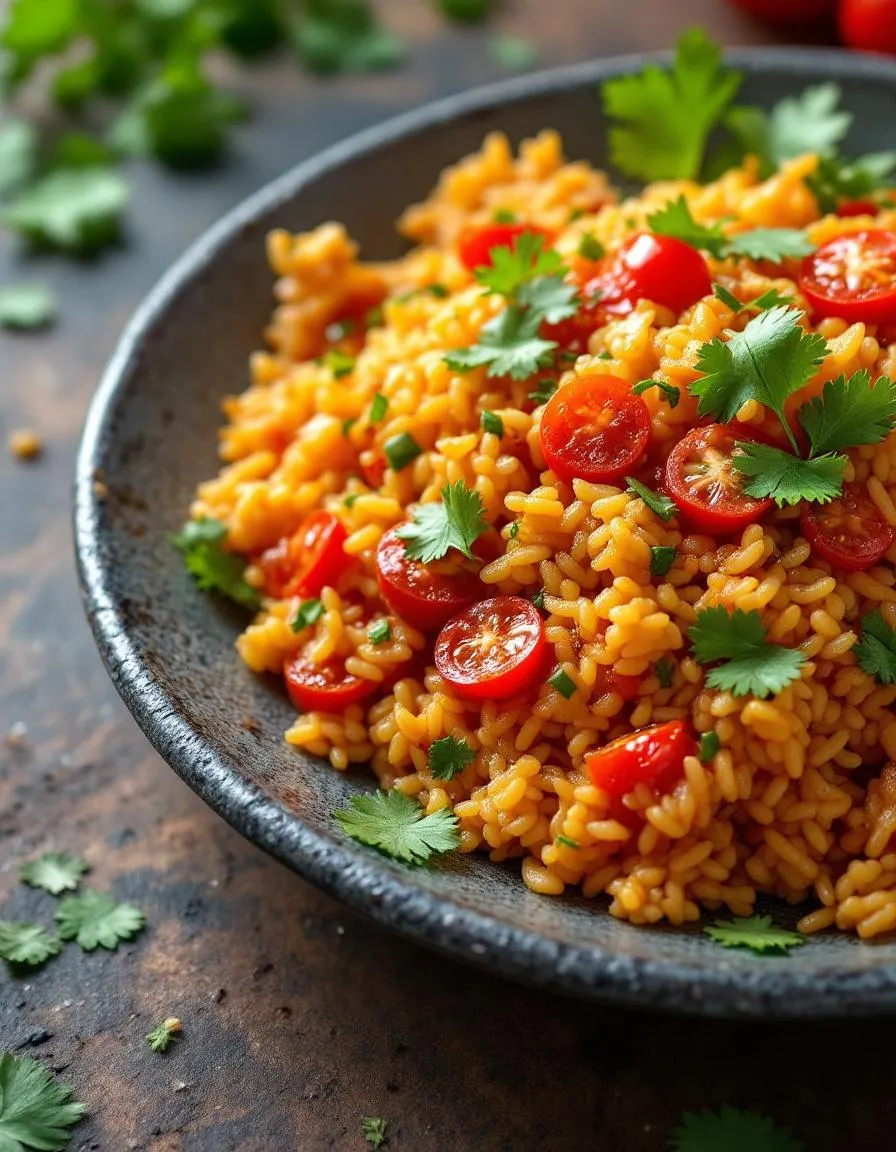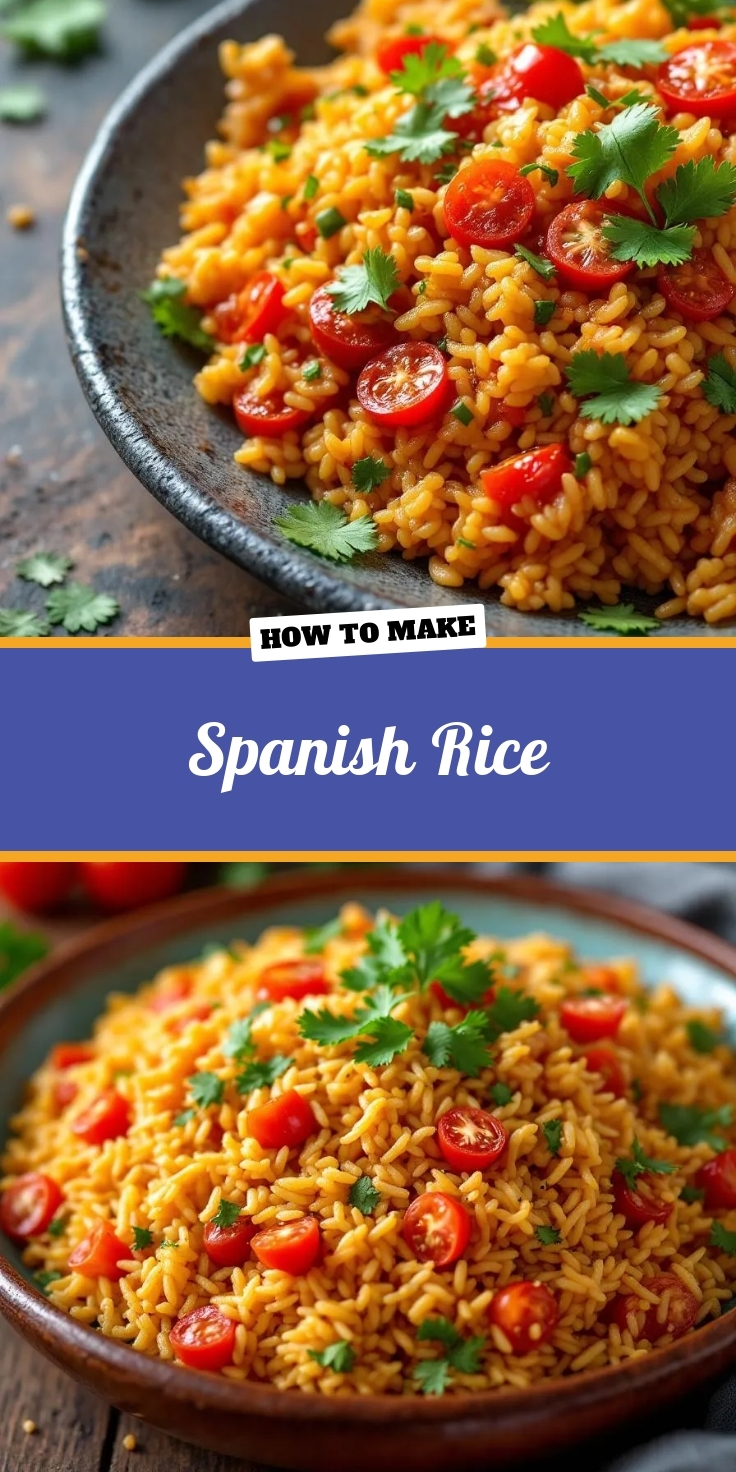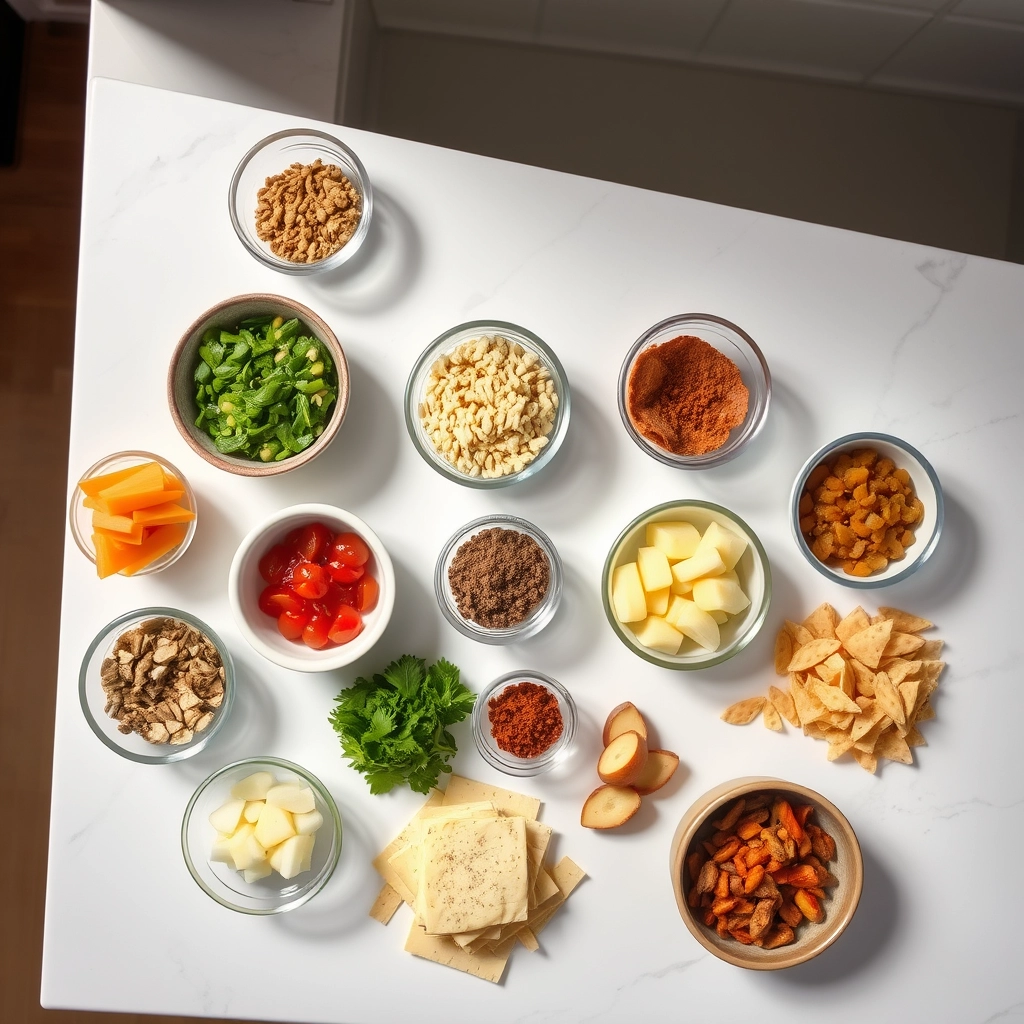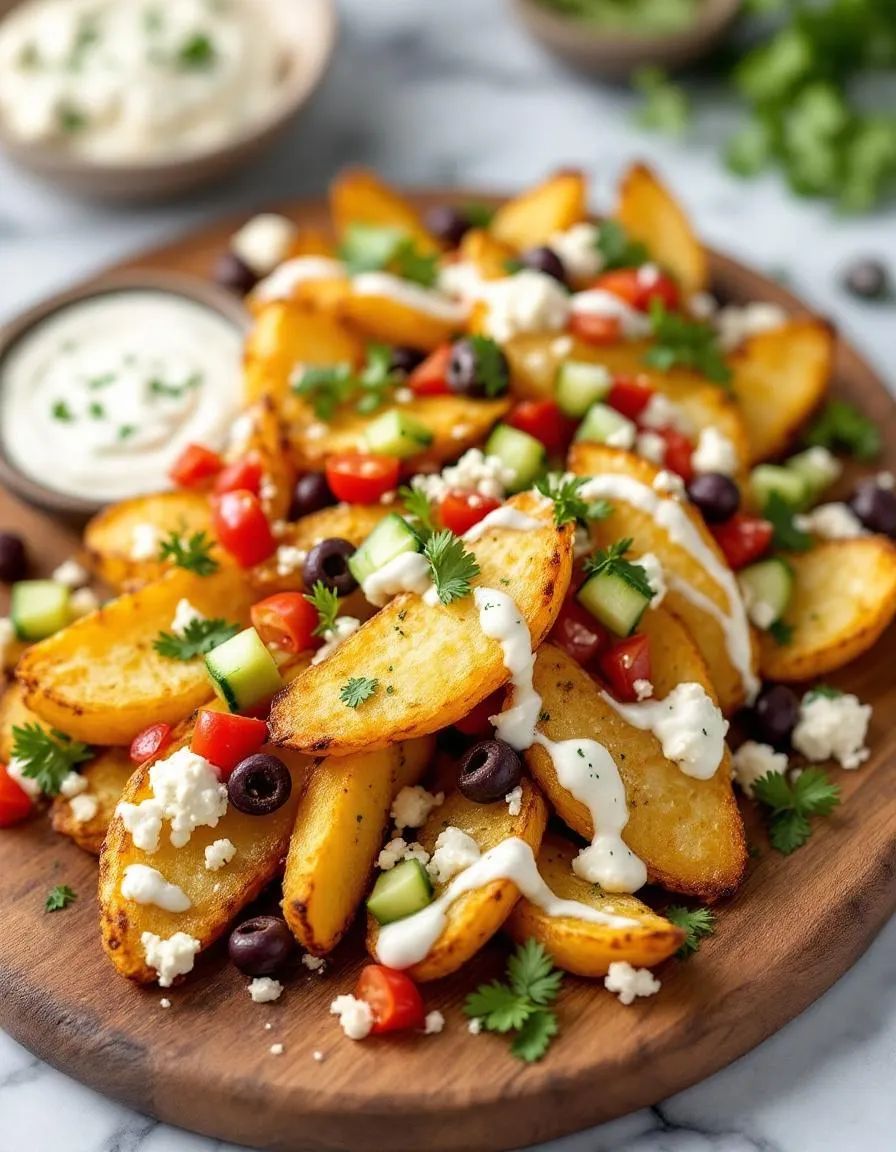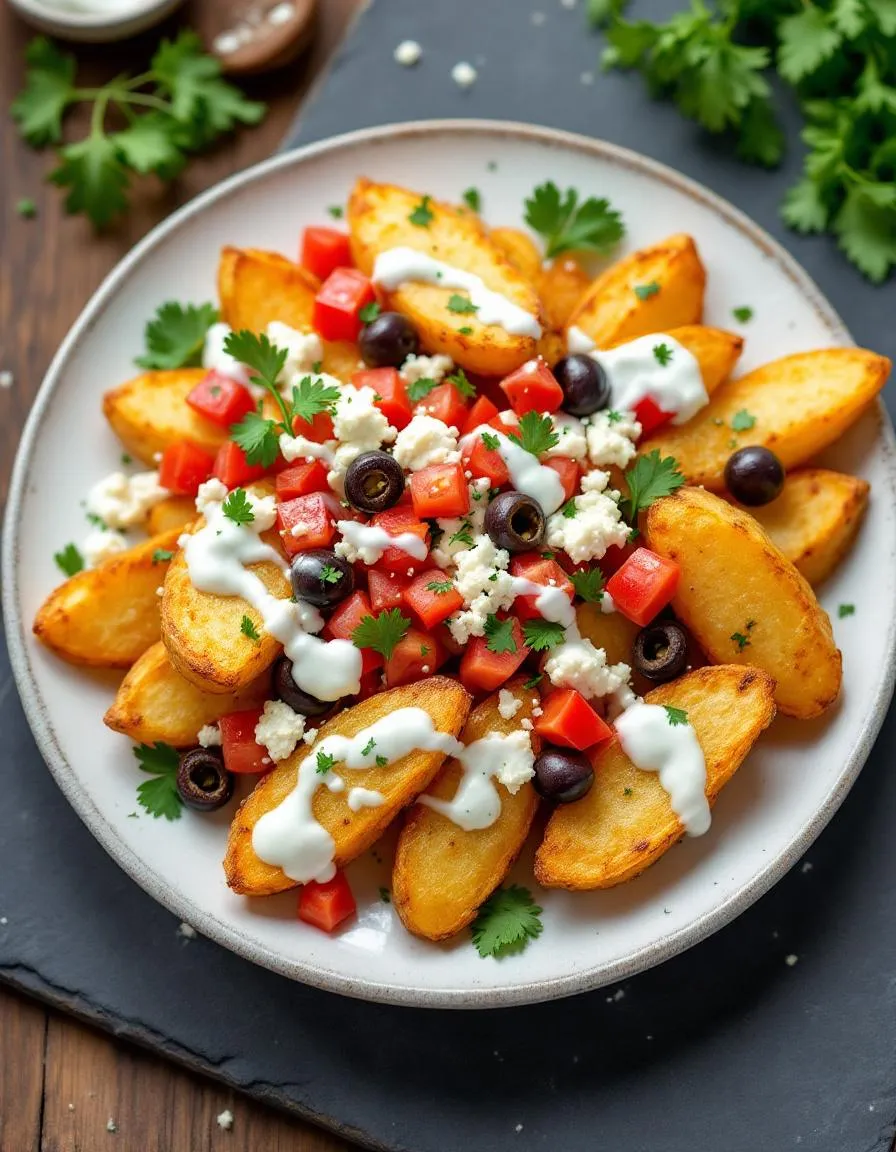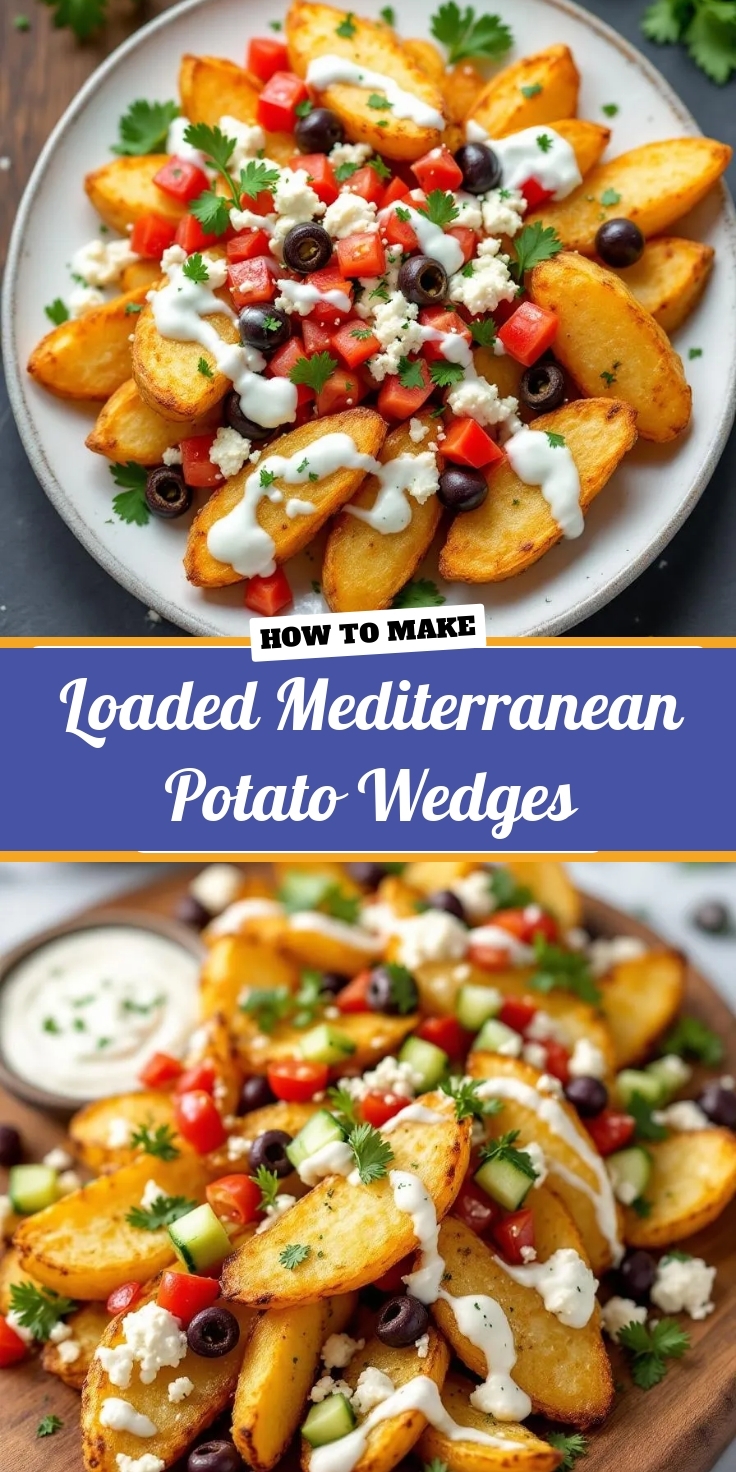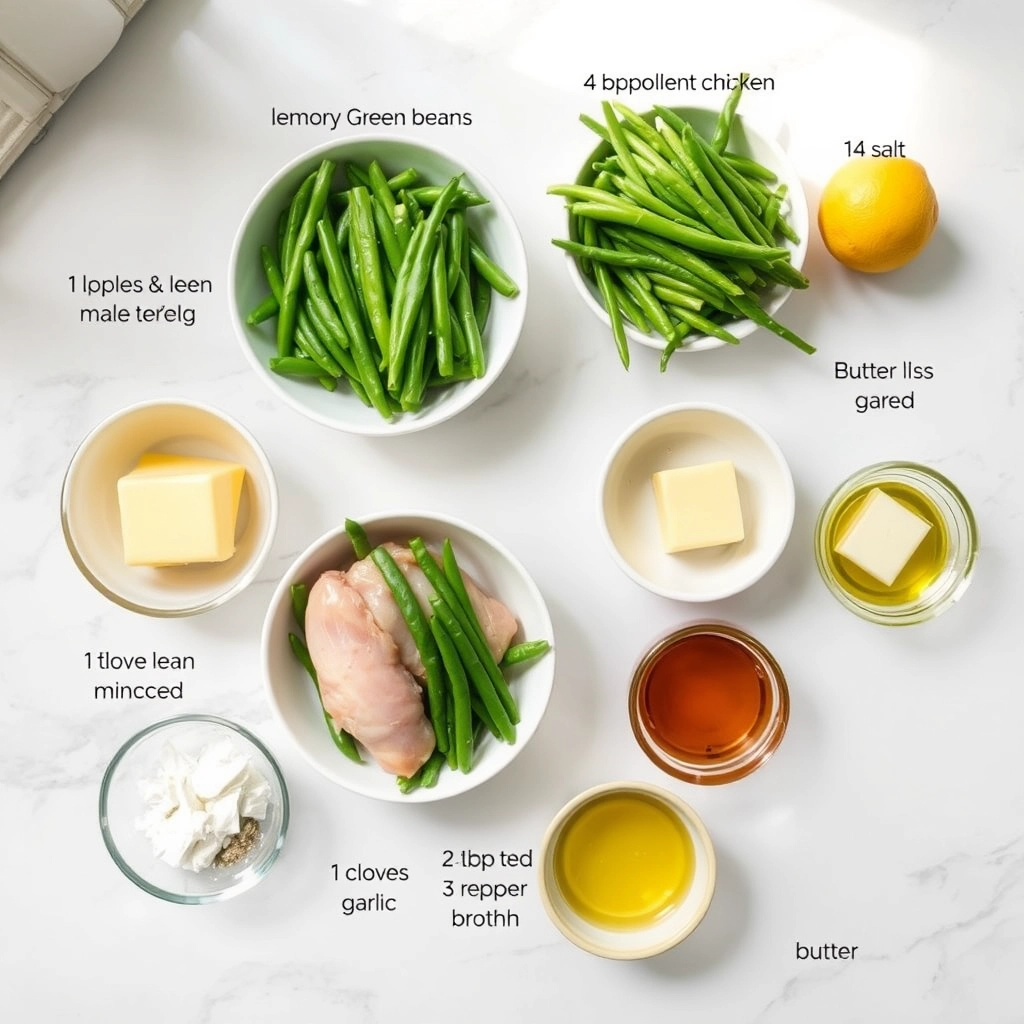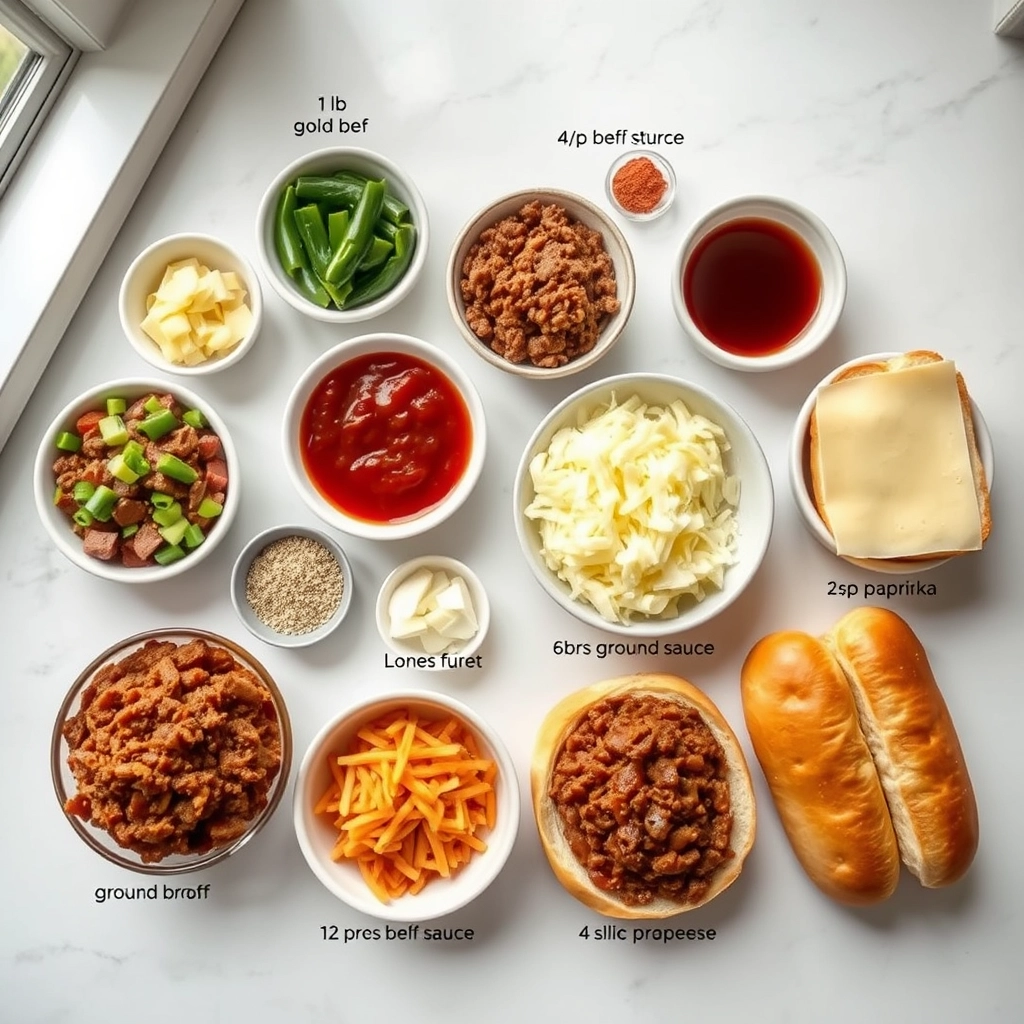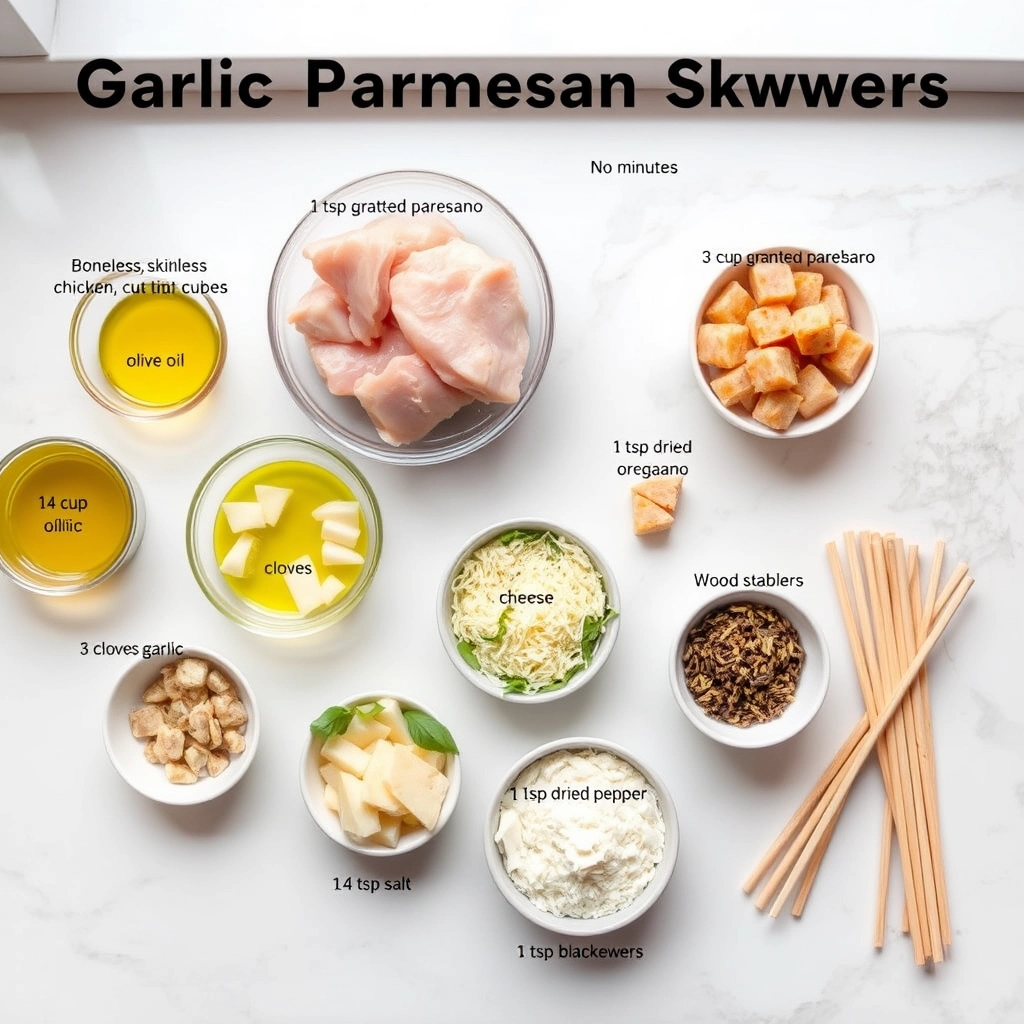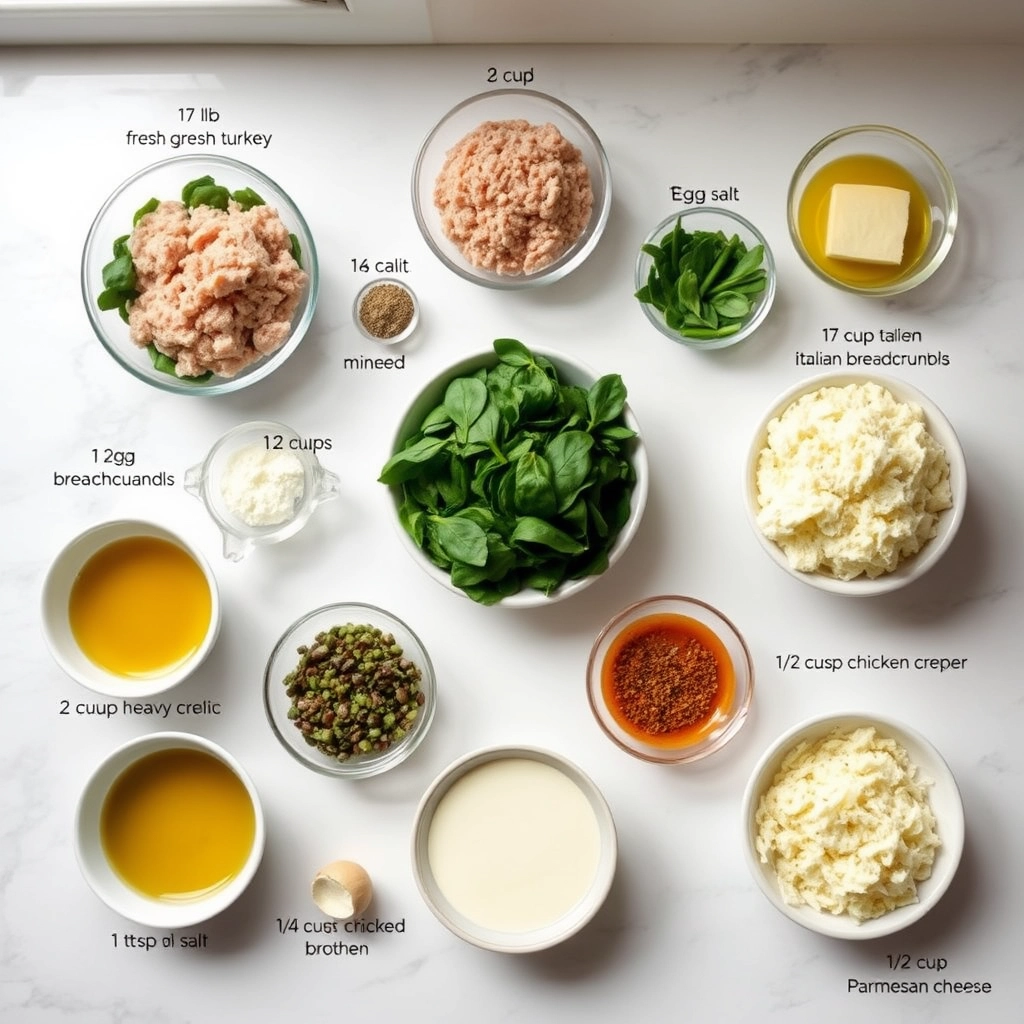Introduction
Hi there! I’m Emily, the heart and soul behind brekcakes.com. From my earliest memories, the kitchen has always been a place of warmth and creativity. It’s where I discovered the magic of turning simple ingredients into extraordinary meals and learned that the best dishes are often made with love as the main ingredient.
If you’re looking for a fun, crowd-pleasing snack that’s as easy to make as it is delicious, you’ve come to the right place. Bundt Pan Nachos are the ultimate game-day treat or weeknight indulgence, combining crispy tortilla chips, gooey cheese, and all your favorite toppings in one stunning presentation. Whether you’re hosting friends or simply treating yourself, this recipe delivers big flavors with minimal effort—because sometimes, the best moments start with a little creativity and a Bundt pan.
Bundt Pan Nachos reinvent the classic nacho experience by layering ingredients in a Bundt pan for a shareable, eye-catching dish. The hollow center ensures even baking, while the ridges create perfect pockets for melted cheese and toppings. Unlike traditional sheet-pan nachos, this method guarantees every bite is loaded with flavor. Plus, it’s a fantastic way to repurpose your Bundt pan beyond desserts, aligning perfectly with my philosophy of versatile, joy-filled cooking. If you love unexpected twists on comfort food, you’ll adore this recipe as much as my Loaded Breakfast Casserole or Easy Homemade Pretzels.
Why I Love This Recipe
Bundt Pan Nachos hold a special place in my heart because they remind me of lazy Sundays with my family. We’d gather around the table, laughing and stacking chips high with toppings, never worrying about perfection. This recipe captures that same spirit of togetherness and fun. Every time I make it, I’m transported back to those cozy moments—proof that food isn’t just about taste, but the memories we create along the way.
Health and Nutrition
Why it’s good for your body
Bundt Pan Nachos pack a surprising nutritional punch while delivering bold flavors. First, they combine protein-rich ingredients like beans and lean meats, which help keep you full and energized. Additionally, the colorful veggies often layered in Bundt Pan Nachos provide essential vitamins and antioxidants. For example, tomatoes add lycopene, while bell peppers boost your vitamin C intake.
Moreover, Bundt Pan Nachos offer a smarter way to enjoy cheesy goodness. By baking them in a Bundt pan, you distribute toppings evenly, so every bite includes balanced portions. This method also reduces the need for excess oil, making them lighter than traditional fried nachos. Plus, you can easily customize them with whole-grain chips or low-fat cheese for extra health benefits.
Finally, Bundt Pan Nachos encourage mindful eating. Because the pan shapes them into individual servings, you naturally control portion sizes. Whether you load them with avocado for healthy fats or swap sour cream for Greek yogurt, this dish adapts to your nutritional goals without sacrificing taste.
How it fits in a healthy lifestyle
Bundt Pan Nachos fit perfectly into a balanced diet because they’re versatile and nutrient-dense. If you’re gluten-free, simply use corn tortilla chips and check labels for certified ingredients. For a heart-healthy twist, top them with black beans, which are high in fiber and support cholesterol levels. You can even boost protein by adding shredded chicken or turkey, making them ideal for post-workout meals.
Planning ahead? Bundt Pan Nachos work great for meal prep since you can assemble them quickly with leftover ingredients. Pair them with a fresh salad or roasted veggies for a complete meal. If you love creative, healthy recipes, explore our meal prep ideas for more inspiration. For those watching sodium intake, try low-sodium cheese and skip processed toppings. Instead, focus on fresh herbs and spices for flavor.
Craving more wholesome snack options? Check out our guide to healthy snacks that satisfy without guilt. With smart swaps and mindful choices, Bundt Pan Nachos become a delicious part of your everyday wellness routine.
PrintBundt Pan Nachos
Description
A fun twist on classic nachos, baked in a bundt pan for a unique presentation and even distribution of toppings.
Ingredients
For the Crust:
- 1 bag tortilla chips
- 2 cups shredded cheddar cheese
- 1 cup black beans, drained and rinsed
- 1/2 cup diced tomatoes
- 1/4 cup sliced jalapenos
- 1/2 cup sour cream
- 1/4 cup chopped cilantro
- 1/2 cup salsa
- 1 tsp taco seasoning
Instructions
1. Prepare the Crust:
- Preheat oven to 375°F (190°C).
- Layer half the tortilla chips in a greased bundt pan. Sprinkle with half the cheese, beans, tomatoes, and jalapenos. Repeat layers.
- Bake for 15-20 minutes until cheese is melted and bubbly.
- Carefully invert the bundt pan onto a serving plate to release the nacho ring.
- Top with dollops of sour cream, salsa, and sprinkle with cilantro before serving.
Notes
You can customize the seasonings to taste.
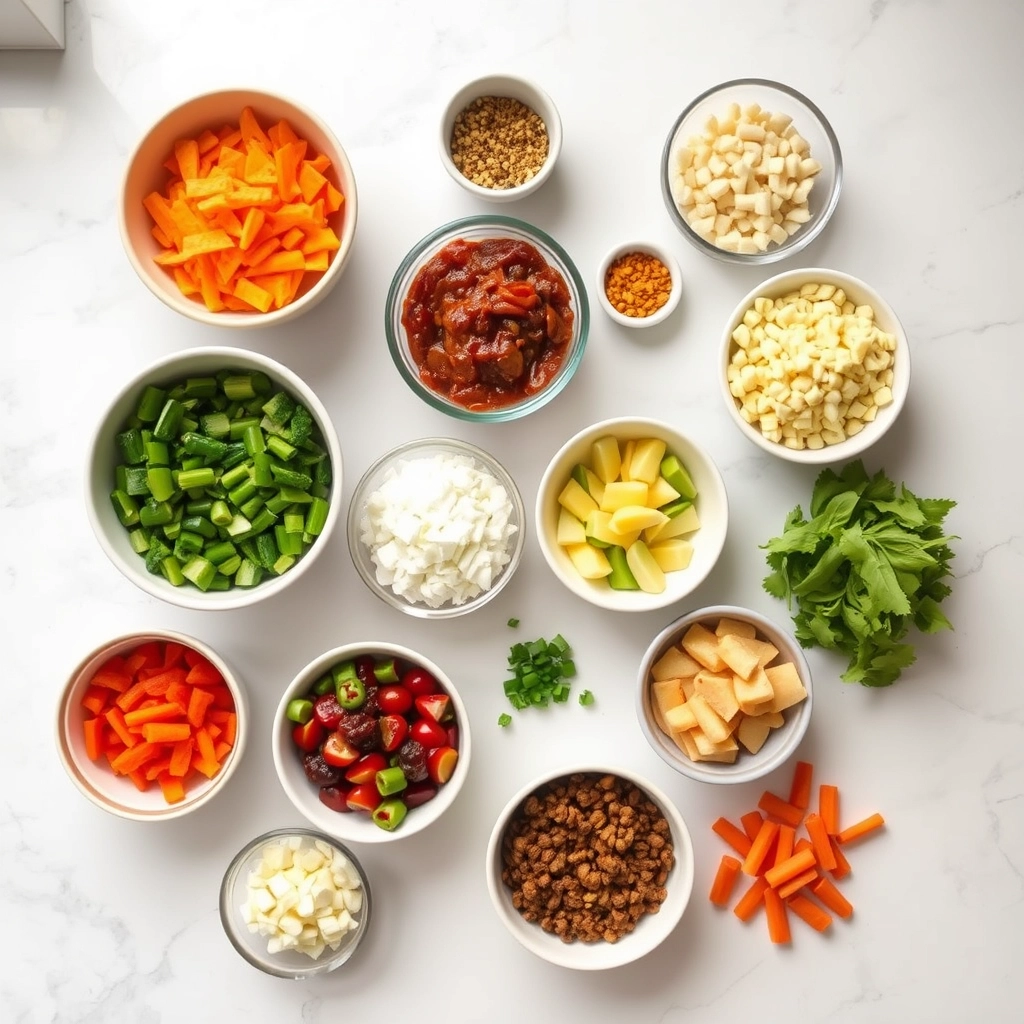
“`html
How to Prepare This Dish
Steps and time-saving tips
Start by preheating your oven to 375°F to ensure it’s ready when you need it. While the oven heats, grab a large mixing bowl and combine your favorite nacho toppings—think seasoned ground beef, black beans, and diced tomatoes. Stir everything gently to avoid crushing the ingredients. Next, whisk together a simple cheese sauce in a saucepan over medium heat, melting shredded cheddar with a splash of milk until smooth. Layer half of your tortilla chips in a greased Bundt pan, then drizzle half the cheese sauce over them. Spoon half the topping mixture evenly across the chips, repeating the layers once more. Bake for 12-15 minutes until the cheese bubbles and the edges crisp. Let the Bundt pan nachos cool for 2-3 minutes before flipping them onto a serving platter for a stunning presentation. For a time-saving hack, prep your toppings ahead and store them in the fridge. If you’re short on time, swap homemade cheese sauce for a quality store-bought version.
Mistakes I’ve made and learned from
I once rushed the flipping step and ended up with a messy plate of broken chips—patience is key! Now, I always let the Bundt pan nachos rest briefly before inverting them. Another lesson? Overloading the pan with toppings makes the layers soggy. I learned to distribute them evenly, just like I do with my layered pasta salad, for perfect texture. If your cheese sauce seizes up, don’t panic. A little extra milk and low heat will save it, similar to fixing a creamy garlic dip. Trust me, these small tweaks make all the difference.
“`
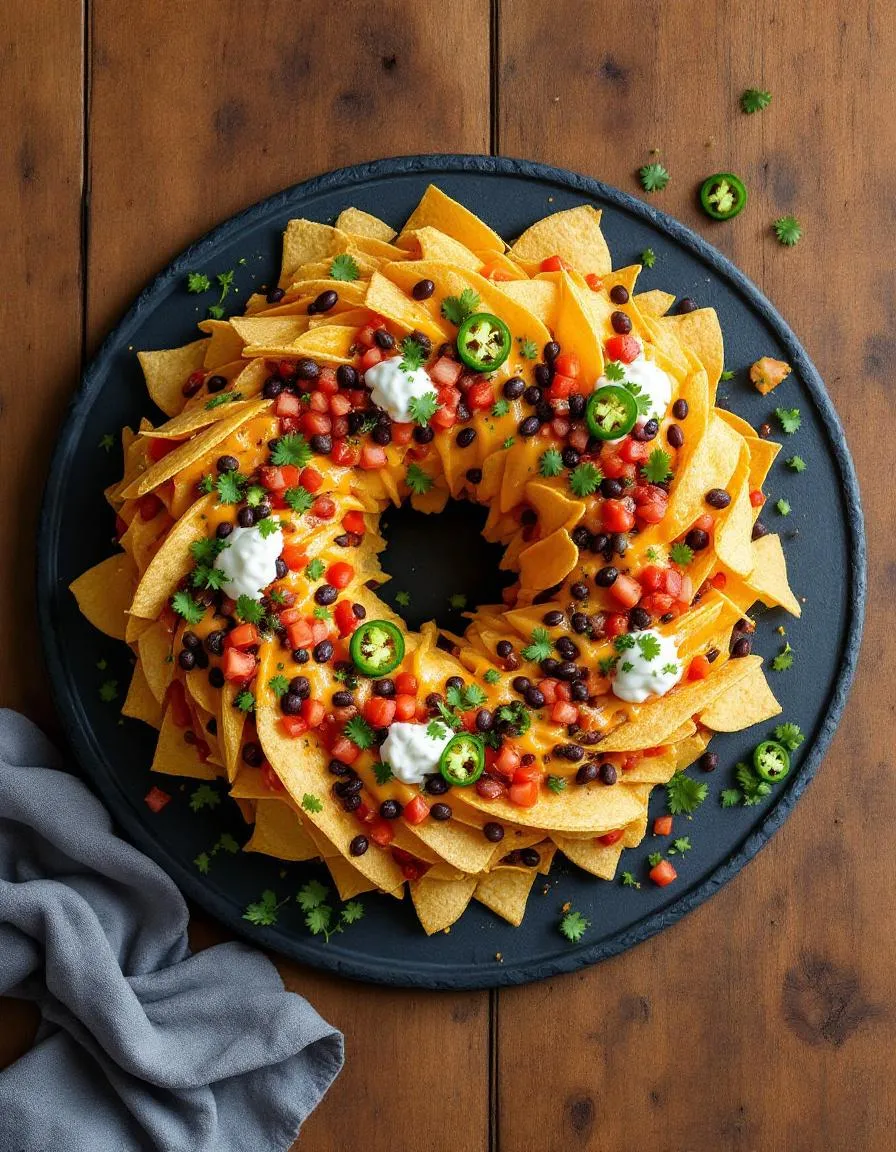
Cultural Connection and Variations
Where this recipe comes from
Bundt Pan Nachos might sound like a modern twist, but they actually draw inspiration from the communal spirit of classic nachos and the versatility of Bundt pans. While traditional nachos trace their roots to Mexican cuisine, this fun variation turns a party snack into a shareable centerpiece. Families in the Midwest often use Bundt pans for everything from cakes to savory dishes, making Bundt Pan Nachos a natural evolution of regional creativity.
Across the globe, people put their own spin on nachos. In Texas, they pile on smoky brisket and jalapeños, while coastal areas might add fresh seafood. Some home cooks even layer in unexpected ingredients like pulled pork or pineapple for a sweet-and-spicy kick. Meanwhile, Bundt Pan Nachos take the concept further by ensuring every bite gets an even mix of toppings, cheese, and crunch—no sad, naked chips at the bottom of the bowl!
In my family, we make Bundt Pan Nachos for game days and potlucks because they’re easy to customize. My aunt swaps in vegan cheese, while my brother loads his with extra hot sauce. Whether you stick to classic toppings or go wild with global flavors, this dish brings people together—one delicious, cheesy layer at a time.
How it fits in today’s cooking
Bundt Pan Nachos aren’t just a novelty—they’re a practical solution for today’s busy cooks. Since they bake evenly and serve a crowd, they’ve become a go-to for everything from weeknight dinners to holiday gatherings. Modern home chefs love how the Bundt shape ensures crispy edges and melty centers, perfect for pairing with a fresh avocado salsa or tangy cilantro lime dressing.
What keeps this dish relevant? Flexibility. You can adapt Bundt Pan Nachos to fit dietary needs, seasonal ingredients, or even themed parties. Summer cookouts call for grilled veggies and cotija cheese, while winter versions might feature hearty chili and gooey cheddar. No matter how you tweak it, this recipe proves that comfort food never goes out of style—especially when it’s as fun to make as it is to eat.
Taste and Texture
What makes it delicious
Bundt Pan Nachos deliver a mouthwatering mix of crispy, chewy, and creamy textures in every bite. The golden tortilla chips stay perfectly crisp under layers of melted cheese, while the hearty toppings—like seasoned ground beef or tender shredded chicken—add a satisfying chew. Meanwhile, cool dollops of sour cream or tangy guacamole balance the warmth of spicy jalapeños. Each forkful bursts with smoky, savory, and zesty flavors, thanks to bold spices like cumin and chili powder. The aroma alone, with its sizzling cheese and fragrant herbs, will have everyone gathering around the table. Bundt Pan Nachos turn a classic snack into a showstopping dish that’s as fun to eat as it is delicious.
Boosting the flavor
Elevate your Bundt Pan Nachos with a few easy tweaks. Swap standard cheese for a blend of pepper jack and sharp cheddar to add a spicy kick and rich depth. For extra crunch, toss in air-fryer tortilla strips or toasted pepitas. A drizzle of homemade chipotle sauce brings smoky heat, while a squeeze of lime brightens every layer. Don’t forget fresh toppings like pickled red onions or cilantro—they add vibrant contrast. If you love bold flavors, try pairing your nachos with a side of creamy avocado dressing for dipping. With these simple upgrades, Bundt Pan Nachos become an unforgettable crowd-pleaser.

Tips for Success
Best practices for results
First, always preheat your oven before assembling Bundt Pan Nachos to ensure even cooking. Next, layer tortilla chips in small batches so they crisp up instead of steaming. For extra flavor, lightly spray the chips with oil before adding toppings. Additionally, use a mix of shredded cheeses to prevent clumping and ensure perfect melt. Finally, let the Bundt Pan Nachos rest for a minute after baking so the cheese sets slightly.
Mistakes to avoid
Avoid overloading the pan with toppings, as this makes the chips soggy. Instead, distribute ingredients evenly for the best texture. Also, skip store-bought salsa if it’s too watery—opt for a thicker homemade version or strain excess liquid. For more topping ideas, check out our guide to easy party appetizers. Another common mistake? Baking too long. Pull Bundt Pan Nachos out when the cheese bubbles but before the edges brown too much. Need help with timing? Our perfect baked nachos post has more tips.
Serving and Pairing Suggestions
How to serve this dish
Turn your Bundt Pan Nachos into a showstopper by serving them directly in the pan for a fun, shareable centerpiece. Alternatively, transfer them to a large platter and drizzle with extra cheese or sour cream for a restaurant-worthy presentation. For holidays or game day, top with fresh cilantro, diced tomatoes, or sliced jalapeños to add vibrant color. Meanwhile, if you’re hosting brunch, pair them with a side of scrambled eggs for a hearty twist. No matter the occasion, Bundt Pan Nachos always steal the spotlight with their crispy layers and melty goodness.
What goes well with it
Cool off the heat of your Bundt Pan Nachos with a creamy avocado dip or a tangy mango salsa. The freshness balances the rich flavors perfectly. For drinks, a frosty margarita or a crisp Mexican lager enhances the fiesta vibe. If you’re craving something sweet afterward, try our churro cupcakes for a delightful contrast. Alternatively, round out the meal with our street corn salad, which adds a smoky, zesty kick to every bite.

Bundt Pan Nachos are a creative twist on traditional nachos, where ingredients are layered in a Bundt pan for a fun, shareable presentation. The pan’s center hole allows for even baking and easy serving, making it perfect for parties. This method ensures every bite is packed with melted cheese, toppings, and crunch.
Start by spreading a layer of tortilla chips at the bottom of the Bundt pan, followed by cheese, beans, and your favorite toppings. Repeat the layers until the pan is full, finishing with extra cheese. Baking Bundt Pan Nachos this way ensures even melting and a gooey, delicious result.
Yes! Assemble Bundt Pan Nachos up to a day in advance, but wait to bake them until just before serving to keep the chips crisp. Cover the pan tightly with foil and refrigerate until ready to bake. This makes them a great option for stress-free entertaining.
Classic toppings like shredded chicken, ground beef, jalapeños, and black olives work well, but Bundt Pan Nachos also shine with creative additions like pulled pork or pineapple. Stick to sturdy ingredients that won’t get soggy, and always finish with fresh garnishes like cilantro or avocado after baking.


